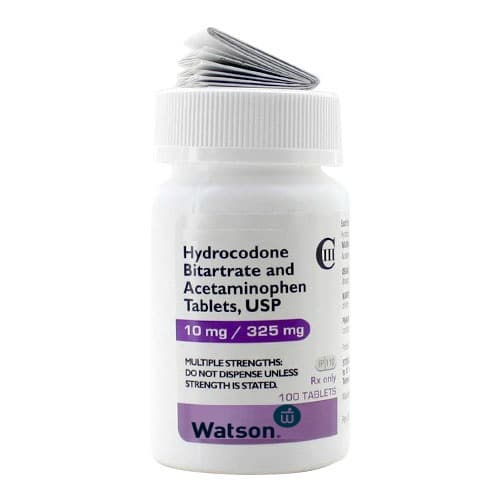
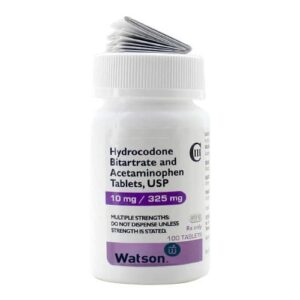
Buy Hydrocodone Watson 853 10mg / 325mg Online
From $427.04
Hydrocodone Watson 853 is a prescription medication used primarily for the management of moderate to severe pain.

Buy Hydrocodone Watson 853 10mg / 325mg Online
From $427.04
- Description
- Additional information
- Reviews (0)
Description
Introduction: Hydrocodone Watson 853 is a prescription medication used primarily for the management of moderate to severe pain. It combines hydrocodone, a potent opioid analgesic, with acetaminophen, a non-opioid pain reliever. This comprehensive overview explores the history, mechanism of action, therapeutic applications, administration, potential side effects, and considerations associated with Hydrocodone Watson 853.
I. History: Hydrocodone, a semi-synthetic opioid derived from codeine, was first synthesized in the early 20th century. Watson 853 refers to a specific formulation of hydrocodone combined with acetaminophen, developed by Watson Pharmaceuticals.
II. Mechanism of Action: Hydrocodone exerts its analgesic effects primarily through agonism at mu-opioid receptors in the central nervous system. This leads to the modulation of pain perception and transmission, resulting in pain relief. Acetaminophen complements the analgesic effects of hydrocodone by inhibiting prostaglandin synthesis in the brain, further reducing pain and fever.
III. Therapeutic Applications: Hydrocodone Watson 853 is indicated for the management of:
- Moderate to Severe Pain: It is prescribed for the relief of pain that is severe enough to require opioid analgesia, such as post-operative pain, injury-related pain, or pain associated with chronic conditions.
- Cough Suppression: Hydrocodone may also be used in combination with other medications to suppress cough, although this is less common than its use as a pain reliever.
IV. Administration and Dosage: Hydrocodone Watson 853 is typically administered orally in tablet form. The dosage may vary depending on the severity of pain, individual response to the medication, and other factors such as the presence of opioid tolerance. It is important to follow the prescribing physician’s instructions and avoid exceeding the recommended dosage to minimize the risk of adverse effects.
V. Potential Side Effects: While generally effective for pain relief, Hydrocodone Watson 853 may cause side effects, including:
- Nausea and Vomiting: Gastrointestinal upset, including nausea and vomiting, is a common side effect of hydrocodone use, particularly during the initial stages of treatment.
- Constipation: Opioid medications like hydrocodone can cause constipation by slowing down bowel movements. Adequate fluid intake and dietary fiber may help alleviate this side effect.
- Drowsiness and Dizziness: Central nervous system side effects such as drowsiness, dizziness, and sedation may occur, particularly at higher dosages or with concurrent use of other sedating medications.
VI. Considerations and Monitoring:
- Risk of Respiratory Depression: Hydrocodone is associated with a risk of respiratory depression, particularly in individuals with respiratory conditions or those taking other central nervous system depressants. Close monitoring is necessary to detect signs of respiratory compromise.
- Opioid Dependence and Withdrawal: Prolonged use of hydrocodone may lead to physical dependence and withdrawal symptoms upon discontinuation. Tapering the dosage gradually under medical supervision can help mitigate withdrawal effects.
VII. Conclusion: Hydrocodone Watson 853 serves as an important option for the management of moderate to severe pain, offering effective relief for individuals experiencing acute or chronic pain conditions. However, its use carries risks, including the potential for dependence, respiratory depression, and other side effects. Patients should use Hydrocodone Watson 853 under the guidance of a healthcare provider and adhere to prescribed dosages to maximize benefits while minimizing risks.
Additional information
| Quantity | 1, 5 |
|---|
Be the first to review “Buy Hydrocodone Watson 853 10mg / 325mg Online” Cancel reply
Related Products
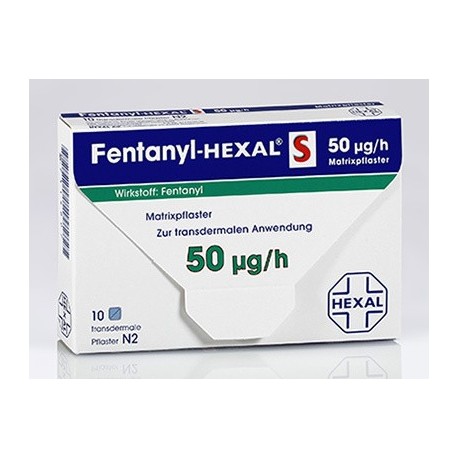

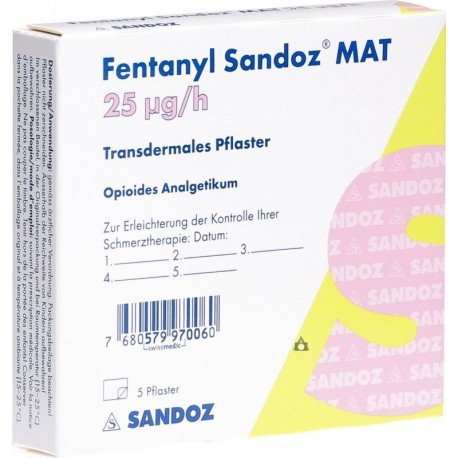

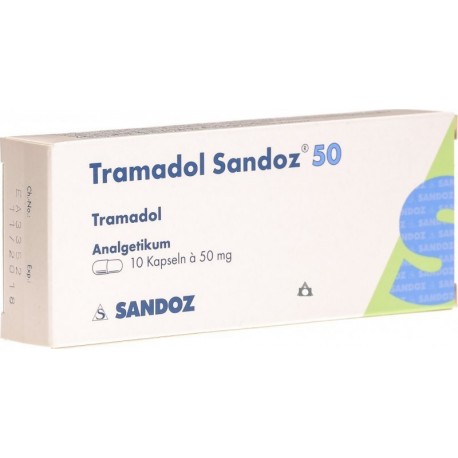
Buy Tramadol 10x 50mg capsules Online
Total Sales: 0
SKU: 316531


Reviews
There are no reviews yet.